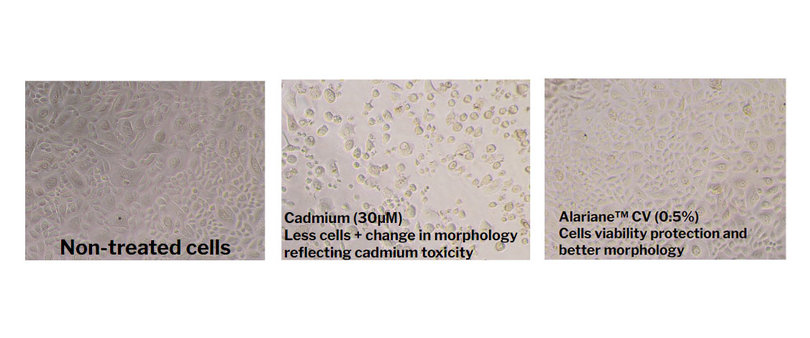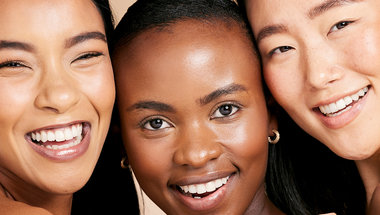More and more consumers around the world have realized that healthy hair is directly linked to having a healthy scalp. In China, over 90% of those who use hair products believe that scalp care can enhance their hair health1. Nonetheless, the scalp is exposed to daily aggressions, particularly from the exposome, and safeguarding it is crucial.
In response to this demand, Seppic is re-exploring the potential of ALARIANE™ CV (INCI: Aqua/Water - Butylene Glycol - Alaria Esculenta extract) in order to propose a double effect on scalp: protection of hair follicles cells as well as scalp lipids from exposome.

Alariane™ CV is an extract of Alaria esculenta, also known as the “Irish wakame”. It is a traditional food along the far northern coasts of the Atlantic Ocean, eaten for its excellent health properties as well as for its binder/detoxifier effect against heavy metals1. Tests have been carried out to illustrate the effect of Alariane™ CV protection capacity against Cadmium, a heavy metal present in overall pollution due to cigarette smoke or phosphate fertilizers for example. In contact with Cadmium, the scalp is weakened and submitted to inflammation, and thus, hair follicles are no longer able to produce healthy hair.





